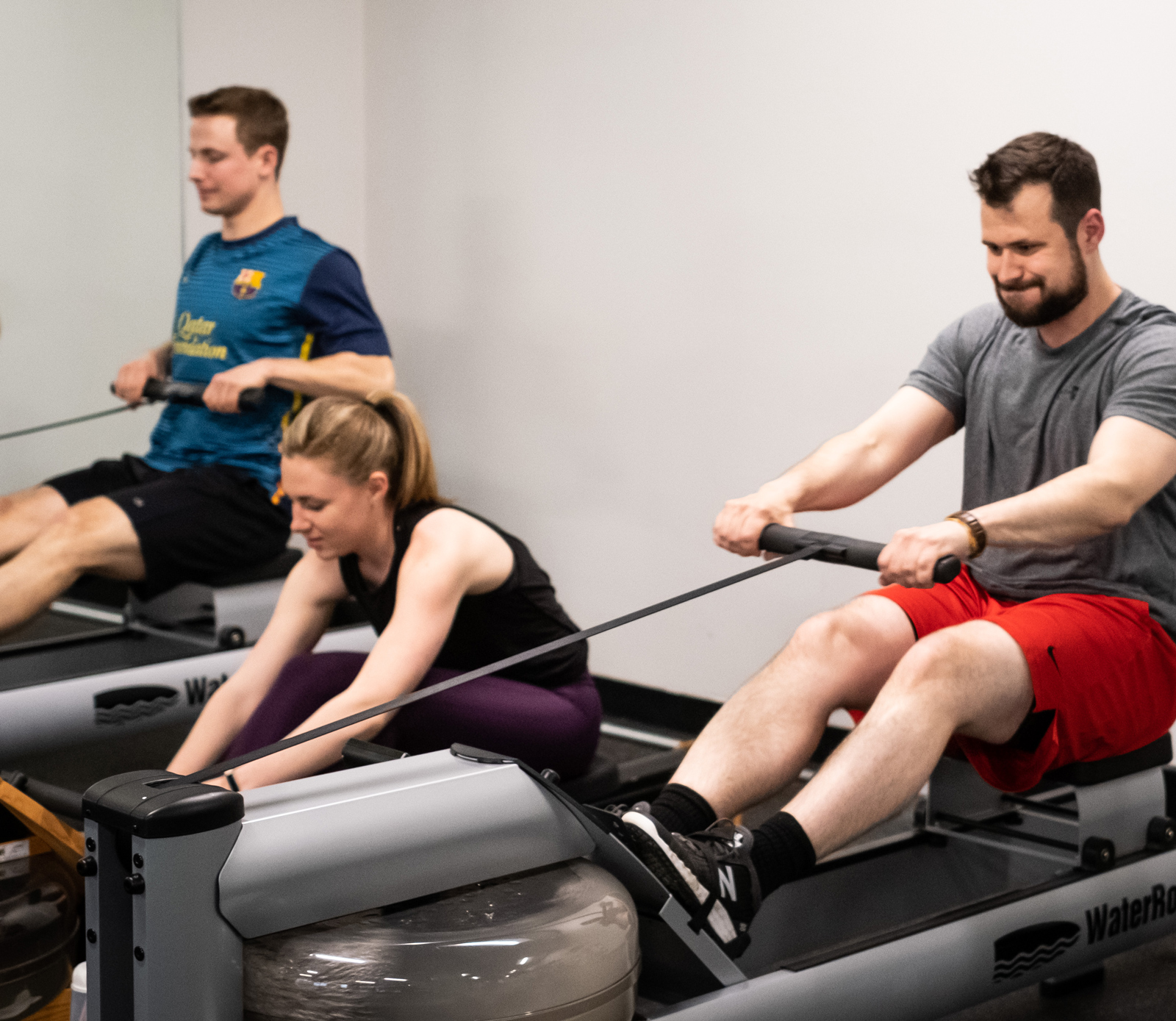
High intensity interval training involves short bouts of vigorous exercise (where your heart rate reaches 80% of its maximal capacity) followed by low intensity recovery periods (such as walking or stretching). Your heart rate has achieved 80% of its maximal capacity when you cannot speak more than a word or two without pausing to gulp air. We all know this feeling and generally try to avoid it because of the discomfort. In HIIT training, such discomfort is sought out in a controlled manner, leading to improved heart health.
Short bouts of more intense running, jumping, or weight lifting will increase your maximal oxygen uptake (or V02 max). The better your V02 max, the more efficient your heart becomes at pumping blood to the rest of your body. Such efficiency can help prevent heart disease (and lead to more stamina in everyday life). Heart disease is the leading cause of death in the United States. 610,000 people die from heart disease every year. That is 1 out of every 4 people.
In design, HIIT training usually combines cardiovascular exercise and resistance training. When both of these forms of exercise are combined in a HIIT routine, studies have shown that your bodies metabolic rate can increase for up to 36 hours afterwards. The result? More calories burned even after you end your workout. Consequently, HIIT training can help you both lose fat and gain muscle at the same time. Moreover, once such a fat sheering, muscle building process has begun, your body’s metabolic rate will increase because muscles take more energy (in the form of kcals) to function. The more muscles you have (as opposed to fat), the more your body naturally burns calories at a greater rate. Good stuff all around!
Some general tips for HIIT training:
- Stay hydrated throughout the day. Before coffee or tea in the morning, try to drink a full glass of water.
- Make sure to eat enough food before running through a HIIT routine.
- Get a solid warmup in (foam rolling, jumping jacks, and light sled pushing are some of my favorites)
- Cool down and stretch afterwards. The body is taxed significantly in a HIIT routine. Taking the time to stretch your muscles while they are still warm will pay dividends toward how you feel the next day.
- Perform HIIT workouts no more than 3x per week. The body needs time to recover. If you start doing HIIT workouts everyday, your chances of injuring yourself increase significantly.
- Find friends who want to try HIIT workouts with you. Having support and camaraderie is important!
Sources:
https://www.cdc.gov/heartdisease/facts.htm
https://www.healthline.com/nutrition/benefits-of-hiit#section6

